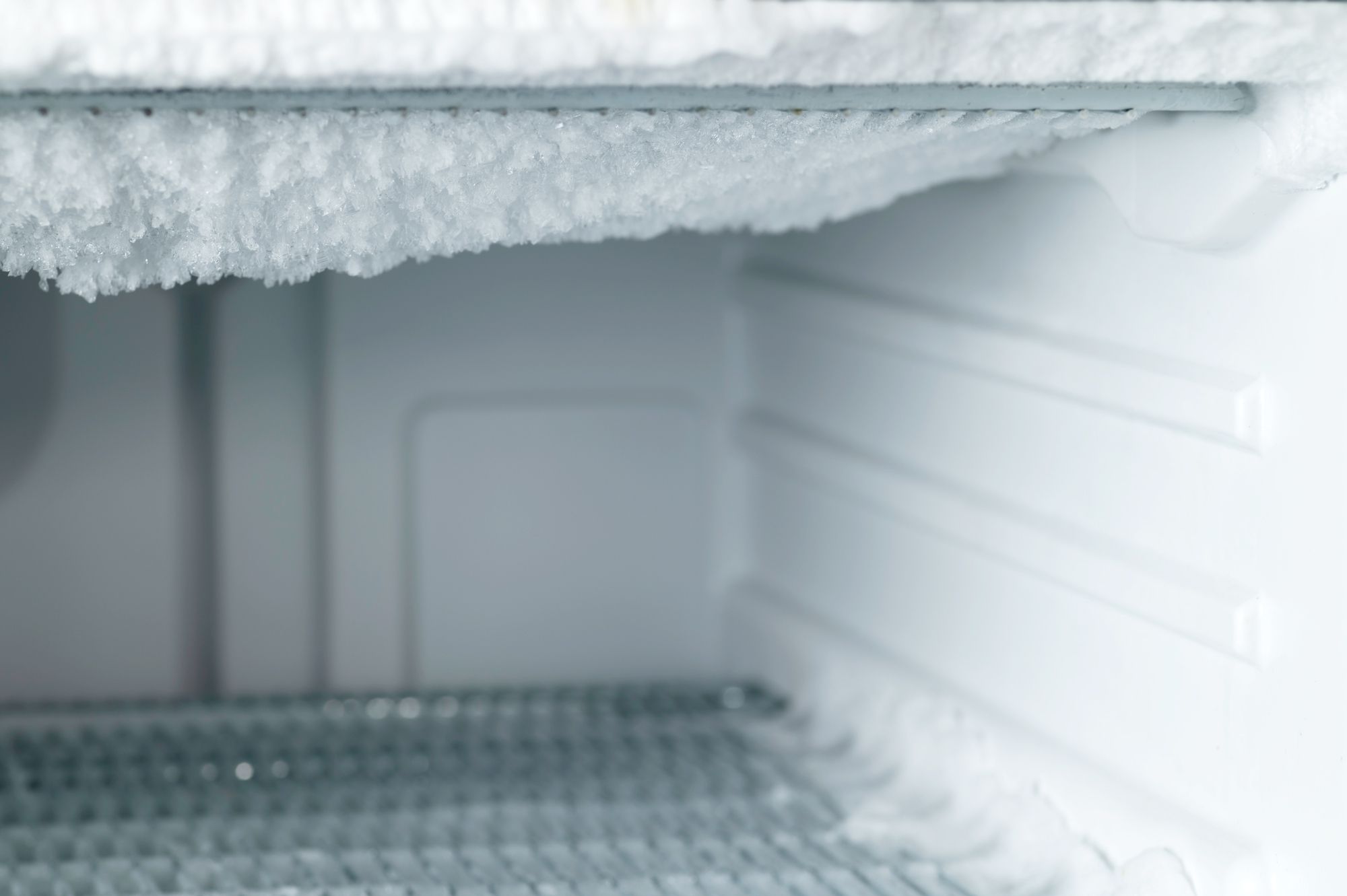

Articles
How Long To Defrost A Freezer
Modified: February 20, 2024
Learn how long it takes to defrost a freezer and get expert tips and advice in this informative article.
(Many of the links in this article redirect to a specific reviewed product. Your purchase of these products through affiliate links helps to generate commission for Storables.com, at no extra cost. Learn more)
Introduction
A freezer is an essential appliance in most households, allowing us to store perishable items and keep them fresh for a longer period. However, over time, ice can build up inside the freezer, reducing its efficiency and storage capacity. This is where the process of defrosting comes into play. Defrosting a freezer is necessary to remove the accumulated ice and restore its optimal functionality.
In this article, we will explore the ins and outs of defrosting a freezer. We will discuss the different methods and techniques you can use to defrost your freezer efficiently. Whether you have a manual defrosting freezer or one with an automatic defrosting feature, we have got you covered.
Before diving into the details of defrosting, it is worth understanding why ice builds up in freezers in the first place. Freezers work by cooling the air inside, causing any moisture in the air to freeze and accumulate as ice on the surfaces. Over time, this ice buildup can interfere with the freezer’s cooling capabilities and reduce its energy efficiency.
Regularly defrosting your freezer is essential for maintaining its performance and prolonging its lifespan. It not only ensures that the freezer operates at its optimal temperature and keeps your food fresh but also helps you save on energy costs.
So, how long does it take to defrost a freezer? The duration of the defrosting process can vary depending on various factors, including the size of the freezer, the amount of ice buildup, and the defrosting method employed. In the following sections, we will delve deeper into these factors and provide you with practical tips to make the defrosting process more efficient and hassle-free.
Key Takeaways:
- Regularly defrosting your freezer is crucial for maintaining its performance and prolonging its lifespan, ensuring optimal temperature, energy efficiency, and food freshness.
- Factors such as ice buildup, freezer size, room temperature, defrosting method, and airflow can impact the duration of the defrosting process, requiring careful consideration and planning.
Read more: When To Defrost A Freezer
Understanding the Freezer Defrosting Process
The freezer defrosting process involves melting and removing the ice buildup inside the freezer to restore its optimal performance. There are two main types of freezers when it comes to defrosting: manual defrosting freezers and automatic defrosting freezers.
Manual defrosting freezers require you to manually turn off the freezer and remove the accumulated ice. This process involves transferring the contents of the freezer to another location, allowing the ice to melt naturally, and then cleaning and drying the freezer before turning it back on. Manual defrosting is typically recommended every 6 to 12 months, depending on how quickly ice accumulates in your freezer.
On the other hand, automatic defrosting freezers have built-in mechanisms that periodically melt the ice buildup, eliminating the need for manual defrosting. These freezers typically have a heating element that kicks in to melt the ice, which then drains out through a tube or tray. Automatic defrosting freezers are more convenient for those who prefer a hassle-free defrosting experience.
Regardless of the type of freezer you have, it is essential to understand the defrosting process and follow the appropriate steps to defrost your freezer effectively. Here are the general steps to defrost a freezer:
- Prepare the freezer: Start by emptying the contents of the freezer and placing them in a cooler or another freezer if available. Discard any expired or spoiled items.
- Turn off the freezer: If you have a manual defrosting freezer, unplug it from the power source. If you have an automatic defrosting freezer, follow the manufacturer’s instructions to disable the automatic defrost mode.
- Allow the ice to melt: Leave the freezer door open, allowing the ice to melt naturally. You can expedite the process by placing towels or bowls of warm water inside the freezer.
- Clean the interior: Once the ice has melted, remove any remaining water and wipe the interior of the freezer with a mixture of mild detergent and warm water. Avoid using harsh chemicals or abrasive cleaners that could damage the surfaces.
- Dry the freezer: Thoroughly dry the interior of the freezer with a clean towel or allow it to air dry. Moisture leftover can contribute to future ice buildup.
- Turn on the freezer: Plug the freezer back in or re-enable the automatic defrost mode for automatic defrosting freezers. Wait for the freezer to reach its optimal temperature before returning the food items.
Understanding the defrosting process is crucial for effective and safe freezer maintenance. Next, we will discuss the factors that can affect the time it takes to defrost a freezer.
Factors Affecting Defrosting Time
The time it takes to defrost a freezer can vary depending on several factors. These factors can influence the speed at which the ice melts and the overall duration of the defrosting process. Here are the key factors that can affect the defrosting time:
- Ice buildup: The amount of ice accumulation in your freezer directly impacts the defrosting time. The more ice there is, the longer it will take for it to melt completely. If you notice thick layers of ice, it may take several hours or even overnight for the ice to melt entirely.
- Freezer size: The size of your freezer can also affect the defrosting time. Larger freezers, especially chest freezers, typically have more space for ice to accumulate. Consequently, defrosting a larger freezer may take longer compared to a smaller one.
- Room temperature: The temperature of the room where the freezer is located can influence the defrosting process. Warmer room temperatures can expedite the ice melting process, while colder room temperatures can slow it down. If possible, try to defrost your freezer in a room with a moderate temperature to optimize the defrosting time.
- Defrosting method: The method you choose to defrost your freezer can also impact the time it takes. Manual defrosting methods typically require more time compared to automatic defrosting methods. Manual defrosting involves allowing the ice to melt naturally, which can take several hours. Automatic defrosting, on the other hand, relies on built-in heating elements that help speed up the melting process.
- Efficiency of freezer airflow: Proper airflow within the freezer can facilitate faster ice melting. If the vents or air channels in your freezer are clogged or blocked with food items, it can impede the airflow, slowing down the defrosting process. Ensure that the airflow inside the freezer is unobstructed for optimal defrosting efficiency.
It is crucial to consider these factors when planning your freezer defrosting process. Understanding them will help you estimate the time needed to defrost your freezer and ensure that you allocate the appropriate amount of time for the task.
In the next section, we will explore the different methods you can use to manually defrost a freezer.
Manual Defrosting Methods
When it comes to defrosting a freezer manually, there are a few methods you can choose from. The method you select will depend on your preference and the resources available to you. Here are some common manual defrosting methods:
- Empty and wait: This is the most straightforward method and involves emptying the freezer of all its contents and allowing the ice to melt naturally. This method takes longer, as it relies solely on the ambient temperature and the heat generated from the melted ice. It is essential to keep the freezer door open during this process and place towels or bowls of warm water inside to expedite the melting.
- Use hot water: If you want to speed up the defrosting process, you can use hot water. Boil water and carefully place it in a container inside the freezer. Close the freezer door and allow the hot water to create steam, effectively melting the ice. This method can be quicker than the empty and wait method but requires caution to avoid scalding yourself or damaging the freezer with excessive heat.
- Use a hairdryer: Another option is to use a hairdryer to melt the ice. Set the hairdryer to its lowest heat setting and hold it a few inches away from the ice buildup. Move the hairdryer in a sweeping motion to gradually melt the ice. Be sure to keep the hairdryer away from water to prevent electrical shock, and do not use this method if there is visible moisture or pooling water inside the freezer.
- Use a plastic scraper: If the ice is stubborn and doesn’t melt easily, you can gently use a plastic scraper to remove the ice. Be cautious not to damage the interior surfaces of the freezer. Never use sharp objects or metal scrapers, as they can cause scratches or punctures.
Regardless of the method you choose, remember to place towels or pans beneath the freezer to collect the dripping water. It is important to regularly check and empty these containers to prevent water damage to your floor.
Once the ice has melted, wipe down the interior of the freezer using a mixture of mild detergent and warm water. Rinse it thoroughly and allow it to dry completely before plugging it back in and returning the food items.
If your freezer has an automatic defrosting feature, you can skip the manual defrosting methods and move on to the next section, where we will discuss defrosting a freezer with an automatic defrosting feature.
To defrost a freezer, turn it off and remove all food. Place towels inside to absorb melting ice. Leave the door open to speed up the process.
Defrosting a Freezer with Automatic Defrosting Feature
If your freezer is equipped with an automatic defrosting feature, the process of defrosting becomes much simpler and more convenient. Automatic defrosting freezers have built-in mechanisms that periodically melt the ice buildup, eliminating the need for manual intervention. Here are the steps to defrost a freezer with an automatic defrosting feature:
- Prepare the freezer: Begin by removing any perishable items from the freezer and placing them in a cooler or another freezer temporarily. This is necessary to prevent the food from being exposed to warmer temperatures during the defrosting process.
- Disable the automatic defrost: Consult the user manual or manufacturer’s instructions to disable the automatic defrost mode on your freezer. This step ensures that the freezer remains in a defrosting cycle until the ice has melted completely. The process may take a few hours to a day, depending on the level of ice buildup.
- Collect the water: As the ice begins to melt, it will turn into water and accumulate in the drainage pan or flow out through the drain tube. Place a container or towel beneath the freezer to collect the water and prevent any potential mess or water damage.
- Clean the interior: Once the ice has melted, remove any remaining water from the drainage pan or drain tube. Thoroughly clean the interior of the freezer using a mild detergent and warm water solution. Rinse it well and ensure it is completely dry before returning the food items.
- Enable the automatic defrost: After cleaning and drying the freezer, re-enable the automatic defrost mode as per the manufacturer’s instructions. This will ensure that the freezer resumes its normal operation and automatically melts any future ice buildup.
Defrosting a freezer with an automatic defrosting feature is relatively convenient since the integrated system handles most of the process. However, it is still essential to monitor the defrosting progress and ensure that the water is collecting in the designated drainage pan or flowing out through the drain tube properly.
Now that you are familiar with the process of defrosting a freezer with an automatic defrosting feature, let’s move on to some helpful tips for efficient freezer defrosting.
Read more: How To Defrost Whirlpool Freezer
Tips for Efficient Freezer Defrosting
Defrosting a freezer can be a time-consuming process, but there are several tips and techniques you can utilize to make it more efficient. These tips will help you streamline the defrosting process and minimize any potential issues that may arise. Here are some helpful tips for efficient freezer defrosting:
- Plan ahead: Choose a time to defrost your freezer when you have enough time to complete the process without rushing. Avoid defrosting when you need to access the freezer frequently or when you have a large amount of perishable food items that require refrigeration.
- Organize and label food items: Before defrosting, take the time to organize and label the food items in your freezer. This will help you quickly identify and locate specific items when returning them to the freezer after defrosting.
- Use coolers or another freezer: If you have a large quantity of food items in your freezer, consider transferring them to coolers or borrowing space in another freezer during the defrosting process. This will help prevent spoilage and maintain food safety.
- Place towels or bowls of warm water: To speed up the ice melting process during manual defrosting, place towels or bowls of warm water inside the freezer. The warm temperature will help hasten the melting of the ice.
- Avoid using sharp objects: When manually removing ice, avoid using sharp objects or metal scrapers as they can damage the interior surfaces of the freezer. Instead, use plastic scrapers or allow the ice to melt naturally.
- Regularly check water collection: If your freezer has a drip pan or drain tube, check them periodically to ensure that the water is collecting properly and not overflowing. Empty the collected water as needed to prevent any potential leaks or water damage.
- Keep the freezer door closed: During the defrosting process, try to keep the freezer door closed as much as possible. Opening the door frequently can introduce warmer air and prolong the defrosting time.
- Clean and dry thoroughly: After the ice has melted and you have cleaned the interior of the freezer, make sure to dry it thoroughly before plugging it back in or re-enabling the automatic defrost mode. Moisture left behind can contribute to future ice buildup.
- Maintain regular maintenance: To prevent excessive ice buildup, make it a habit to clean and defrost your freezer regularly. This will ensure optimal performance and prevent the need for prolonged and extensive defrosting sessions.
By following these tips, you can make the freezer defrosting process more efficient and hassle-free. These practices will help minimize the time it takes to defrost the freezer while maintaining the quality and safety of your food items.
Next, let’s discuss some safety precautions to keep in mind while defrosting your freezer.
Safety Precautions During Freezer Defrosting
Defrosting a freezer requires careful attention to ensure your safety and prevent any potential damage. Taking the necessary safety precautions will help you carry out the defrosting process smoothly and without any incidents. Here are some important safety precautions to keep in mind during freezer defrosting:
- Unplug the freezer: Before you begin the defrosting process, always unplug the freezer from the power source. This eliminates the risk of electrical shock and keeps you safe from any electrical malfunctions.
- Use proper tools: When manually removing ice, avoid using sharp objects or metal scrapers, as they can cause damage to the interior surfaces of the freezer. Instead, use plastic scrapers or allow the ice to melt naturally to avoid accidents and injuries.
- Avoid excessive heat: If using hot water or a hairdryer to speed up the defrosting process, exercise caution to avoid scalding yourself or damaging the freezer with excessive heat. Follow the manufacturer’s instructions and use these tools carefully.
- Protect the floor: Place towels or pans beneath the freezer to collect any dripping water during the defrosting process. This will prevent water from seeping onto the floor and causing slipping hazards or water damage.
- Stay vigilant of water collection: If your freezer has a drip pan or drain tube, regularly check them to ensure that the water is collecting properly and not overflowing. Empty the collected water as needed to prevent any potential leaks or water damage.
- Handle food safely: During the defrosting process, it’s important to handle your food safely to prevent spoilage and maintain food hygiene. Transfer perishable items to coolers or another freezer to keep them at a safe temperature and minimize the risk of bacterial growth.
- Clean and dry surfaces: After melting the ice and cleaning the interior of the freezer, make sure to thoroughly dry the surfaces before plugging it back in or re-enabling the automatic defrost mode. Moisture left behind can contribute to future ice buildup and increase the risk of electrical hazards.
- Follow manufacturer’s instructions: Always refer to the manufacturer’s instructions specific to your freezer model for defrosting guidelines and safety precautions. Each freezer may have unique features or considerations that you need to be aware of.
By adhering to these safety precautions, you can ensure a safe and smooth freezer defrosting process. Always prioritize your safety and be cautious throughout the defrosting process to avoid any unnecessary accidents or damage.
Now that we have covered the necessary safety precautions, let’s conclude the article.
Conclusion
Defrosting a freezer is an essential maintenance task that ensures the optimal performance and longevity of your appliance. Whether you have a manual defrosting freezer or one with an automatic defrosting feature, understanding the defrosting process and following the appropriate steps is crucial for effective results.
Throughout this article, we have explored various aspects of freezer defrosting, including the different methods, factors that affect defrosting time, and safety precautions to consider. Manual defrosting methods such as emptying and waiting, using hot water, utilizing a hairdryer, or using a plastic scraper can be effective for removing ice buildup, while automatic defrosting freezers offer a more convenient option.
Factors such as the amount of ice buildup, freezer size, room temperature, defrosting method, and freezer airflow can impact the duration of the defrosting process. By considering these factors, you can better estimate the time required to defrost your freezer and plan accordingly.
To ensure efficient freezer defrosting, it is essential to follow some helpful tips, such as planning ahead, organizing food items, using coolers or another freezer, placing towels or bowls of warm water, and avoiding the use of sharp objects. Additionally, keeping safety in mind is crucial. Unplugging the freezer, using proper tools, protecting the floor, staying vigilant of water collection, handling food safely, and following manufacturer’s instructions are all important safety precautions to observe.
In conclusion, regular freezer defrosting is necessary to maintain its optimal performance and prevent ice buildup. By understanding the defrosting process, practicing efficient defrosting techniques, and prioritizing safety, you can ensure a smooth and effective defrosting experience for your freezer.
Remember to consult your specific freezer model’s manual or manufacturer’s instructions for detailed guidance on defrosting procedures, as there may be specific recommendations for your freezer. With proper care and attention, your freezer will continue to provide reliable and efficient freezing capabilities for years to come.
Frequently Asked Questions about How Long To Defrost A Freezer
Was this page helpful?
At Storables.com, we guarantee accurate and reliable information. Our content, validated by Expert Board Contributors, is crafted following stringent Editorial Policies. We're committed to providing you with well-researched, expert-backed insights for all your informational needs.
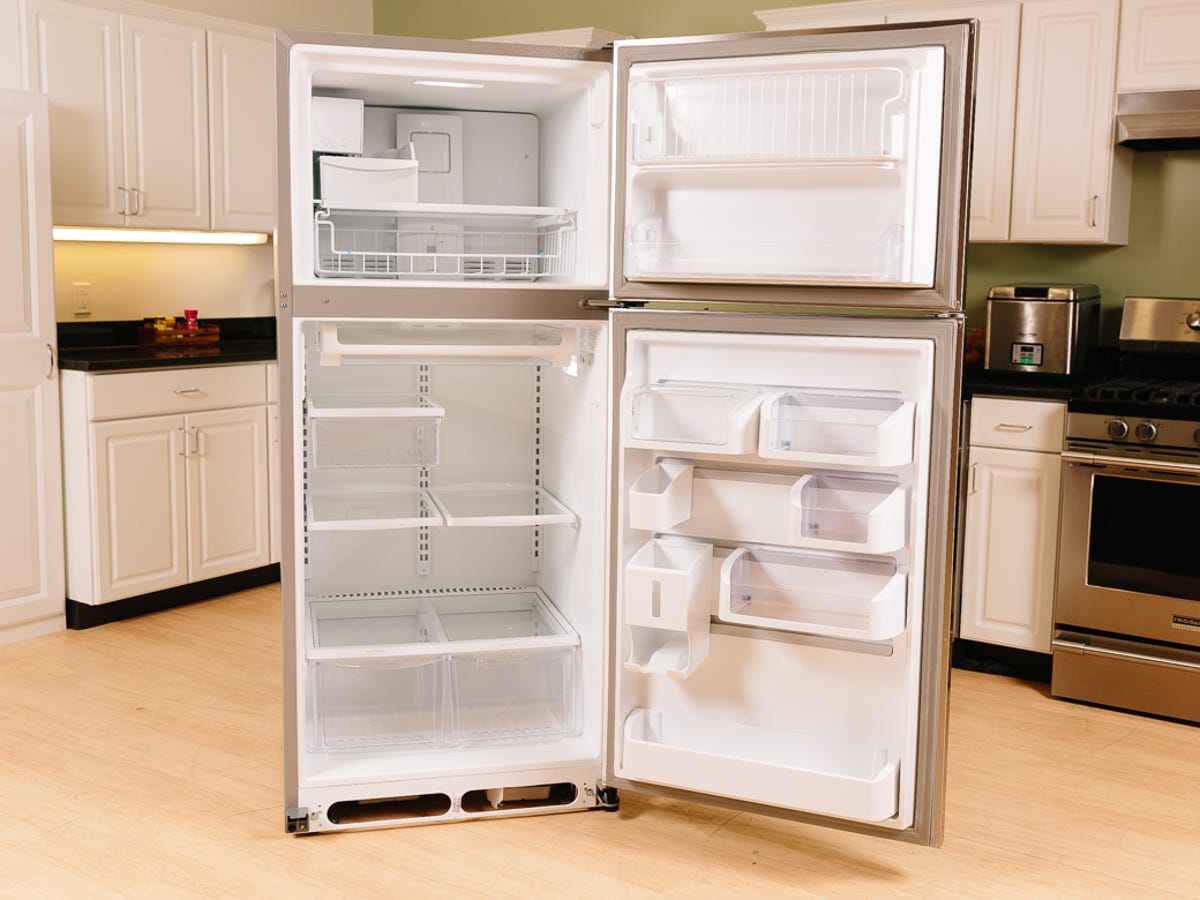
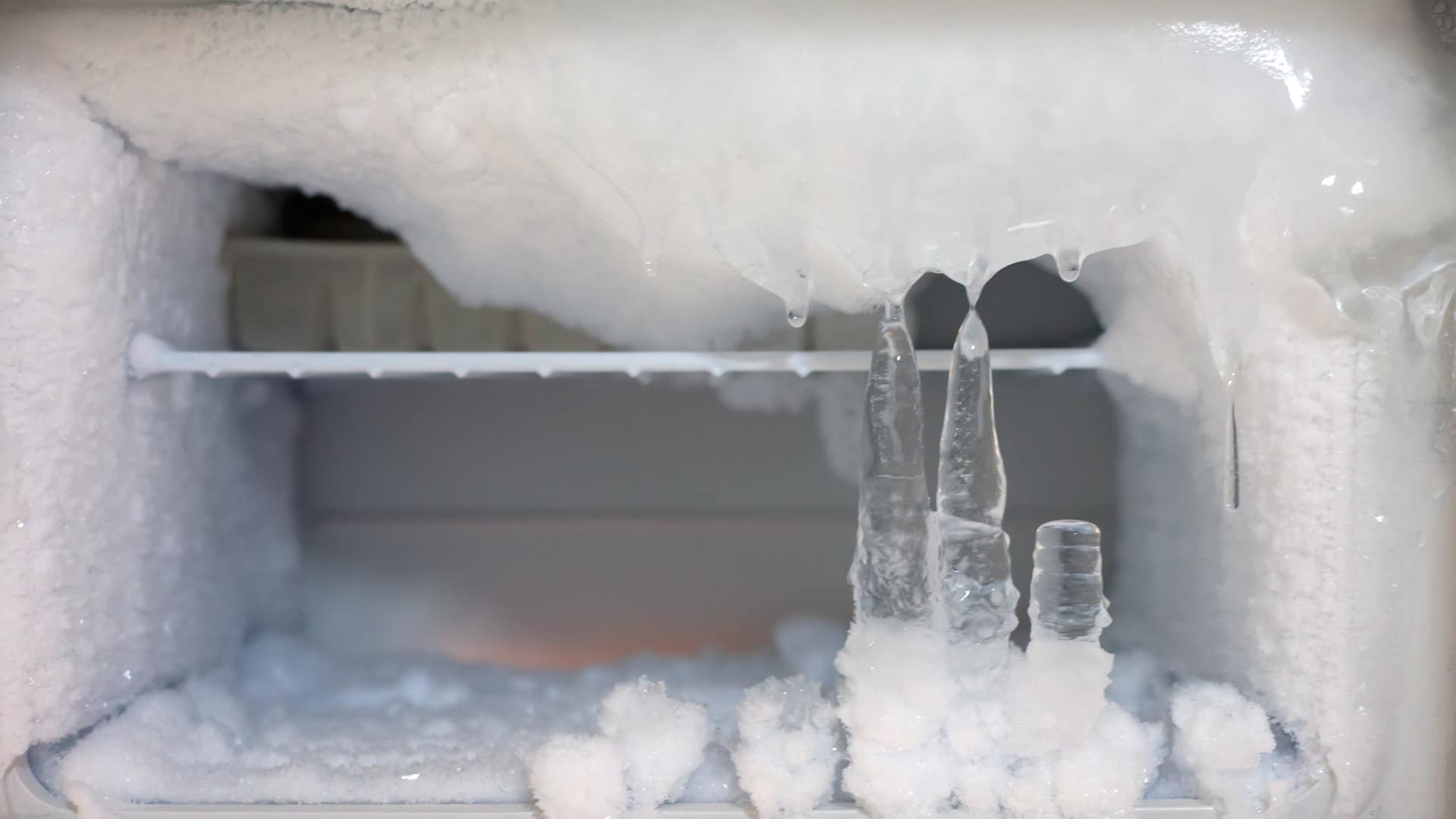
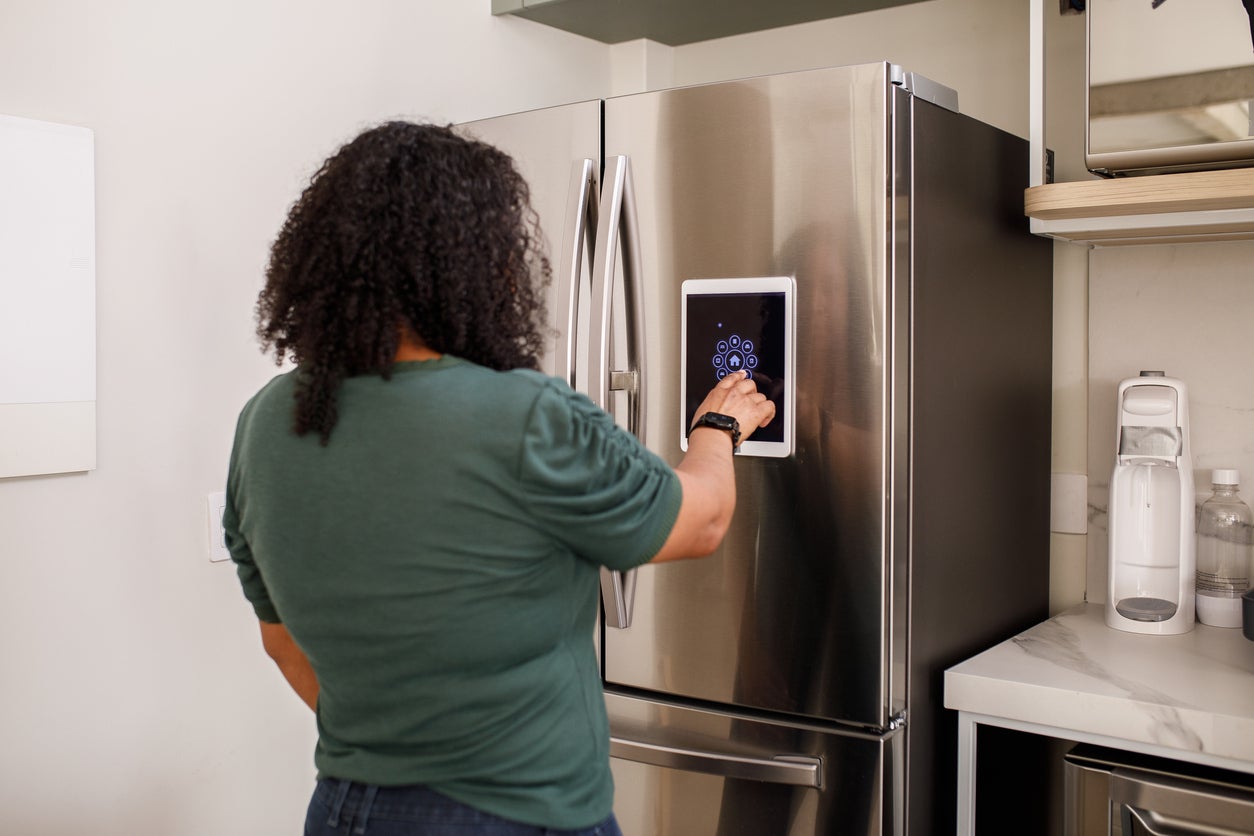
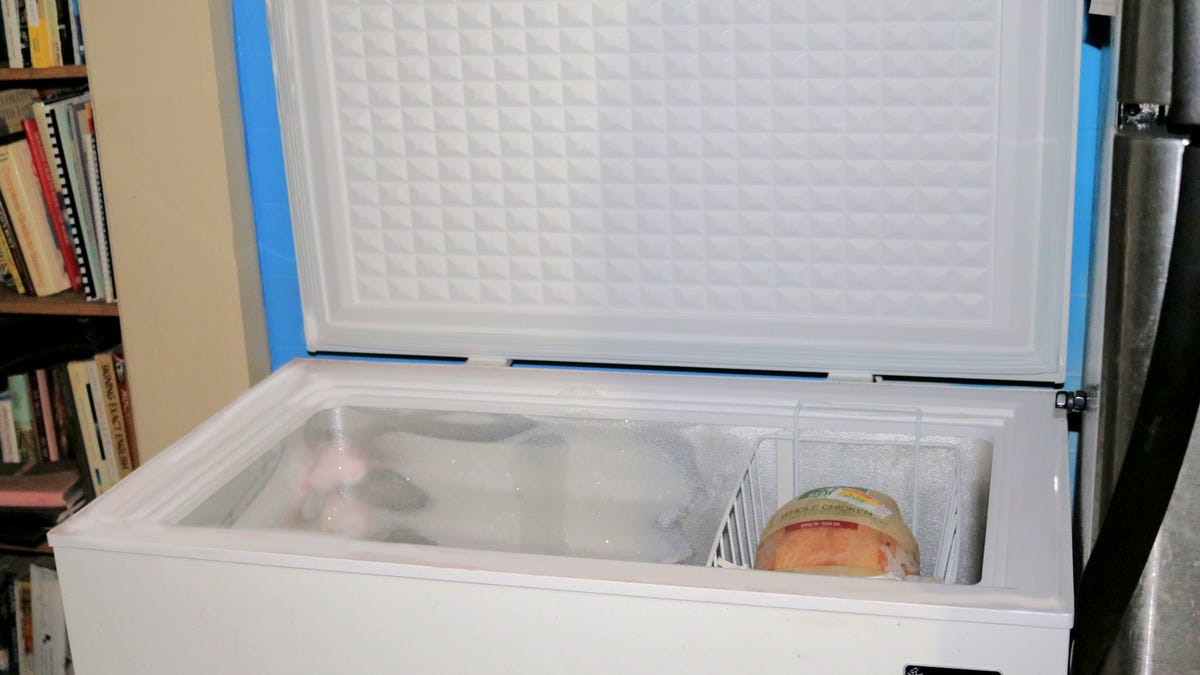
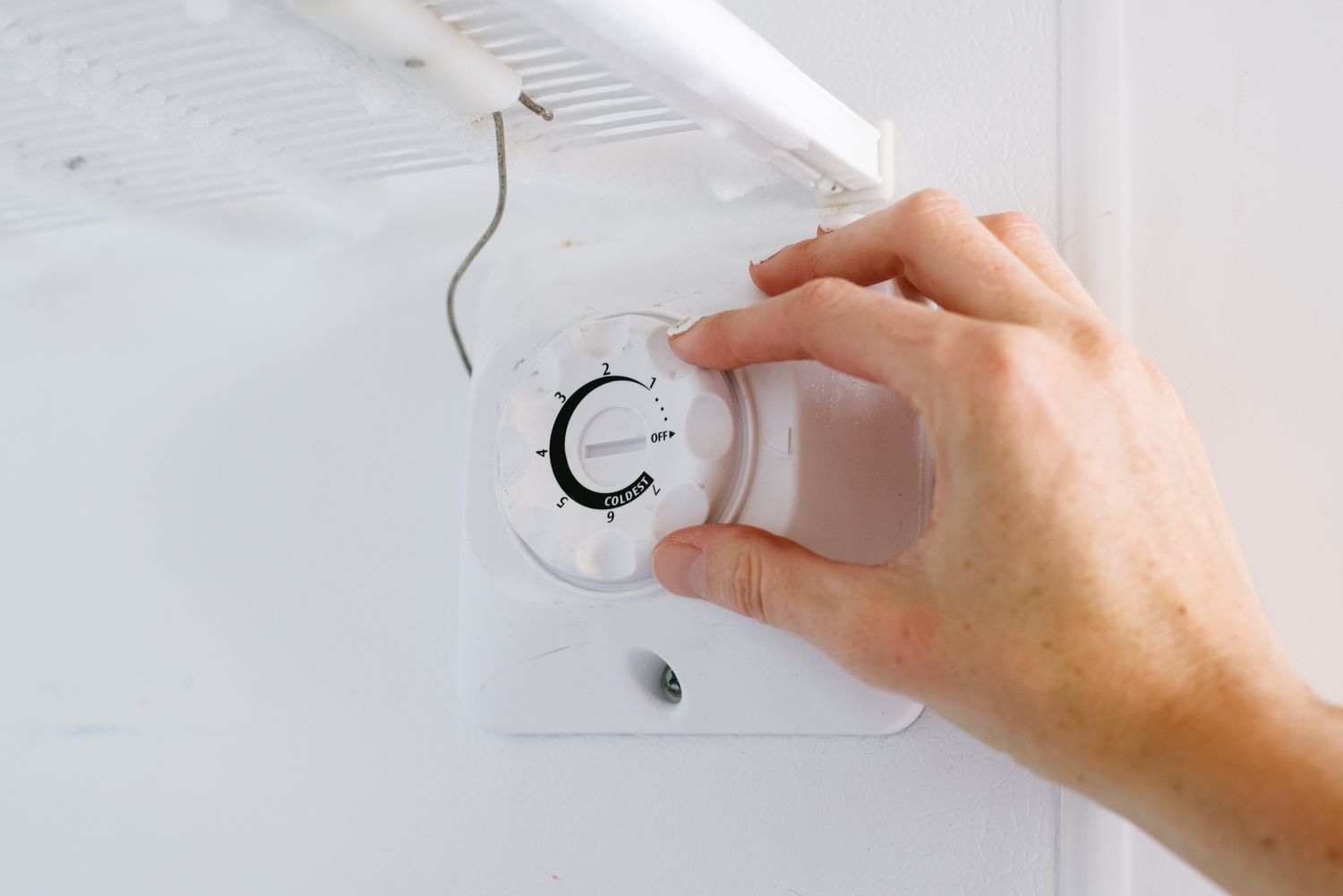
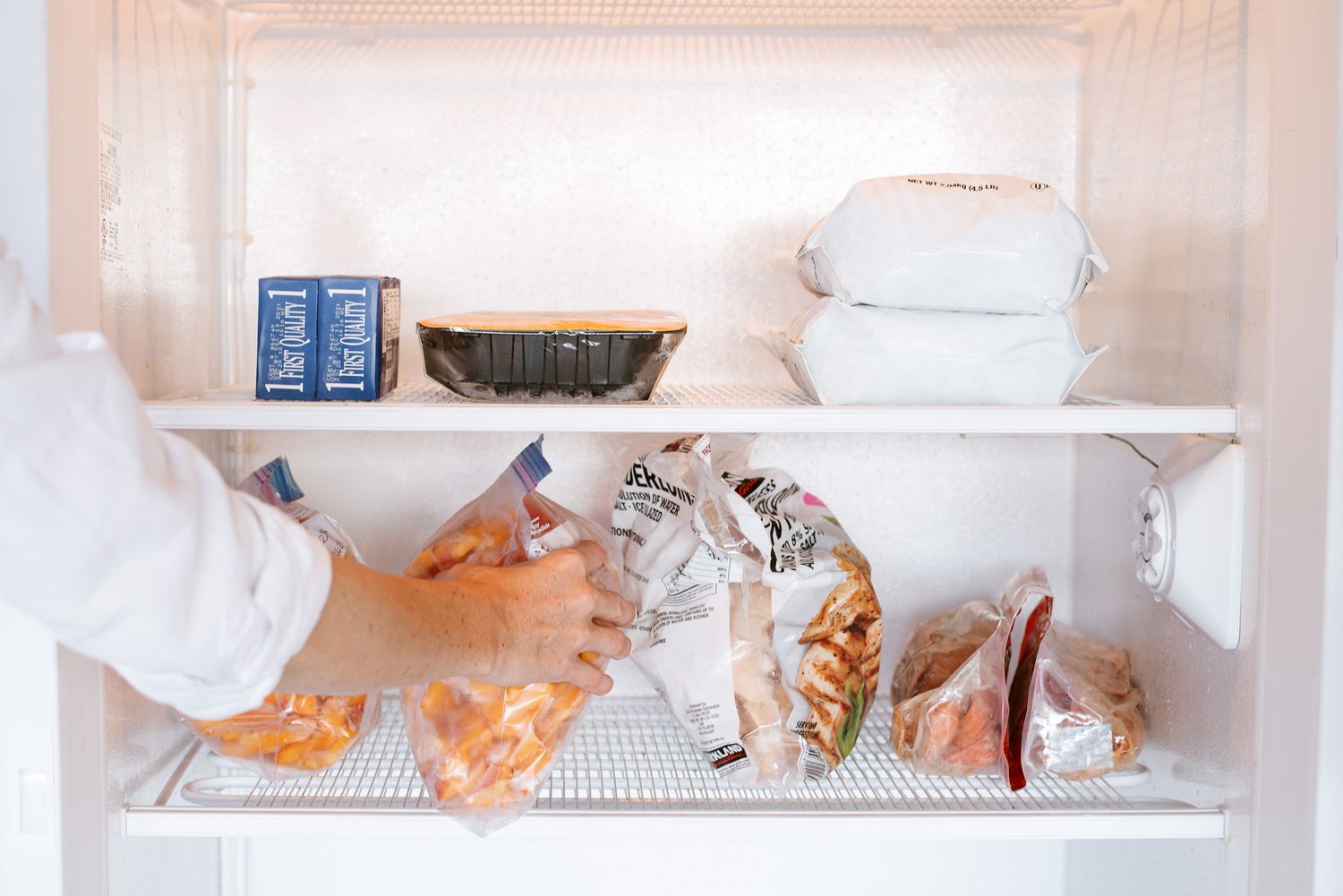
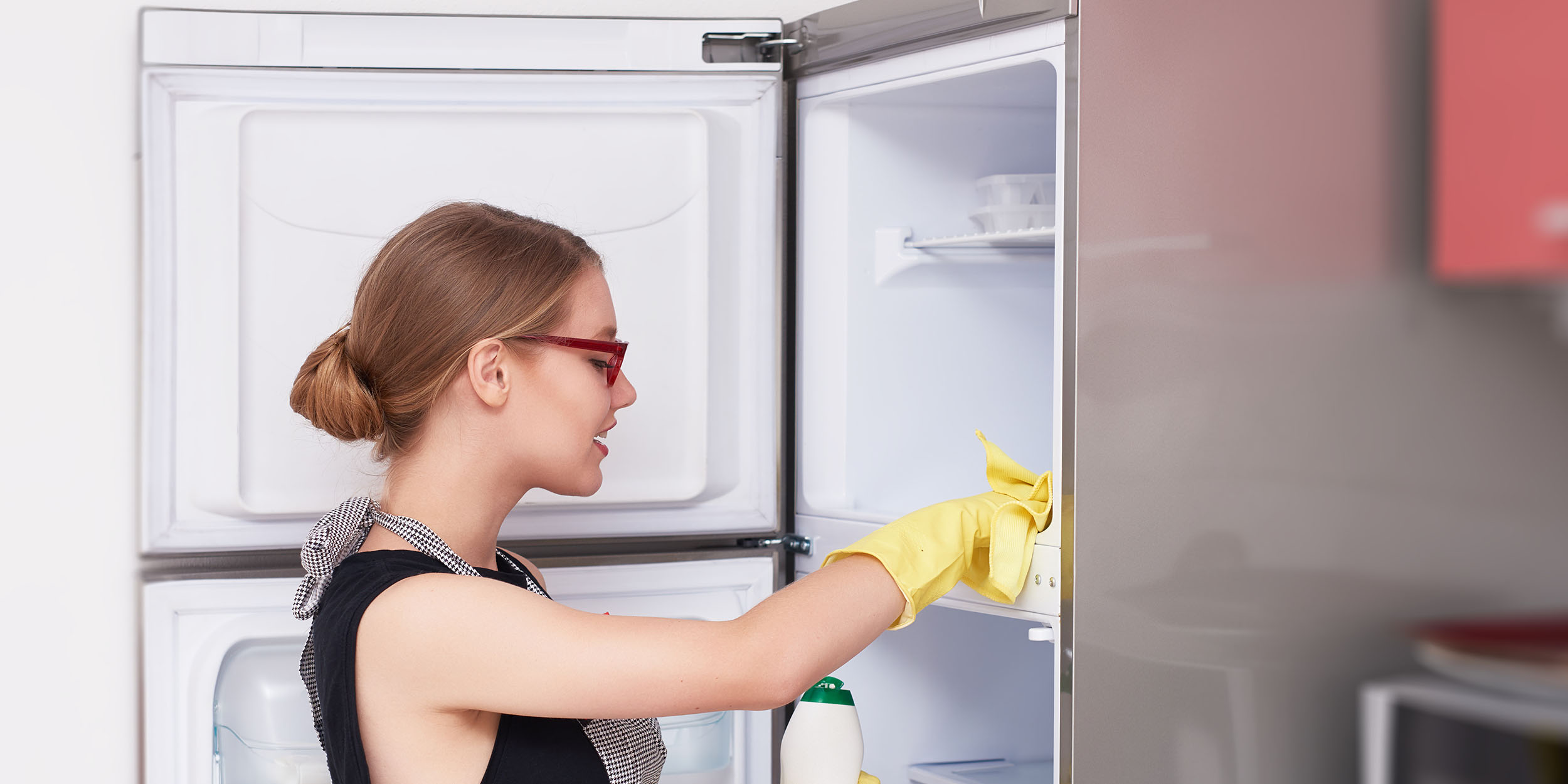
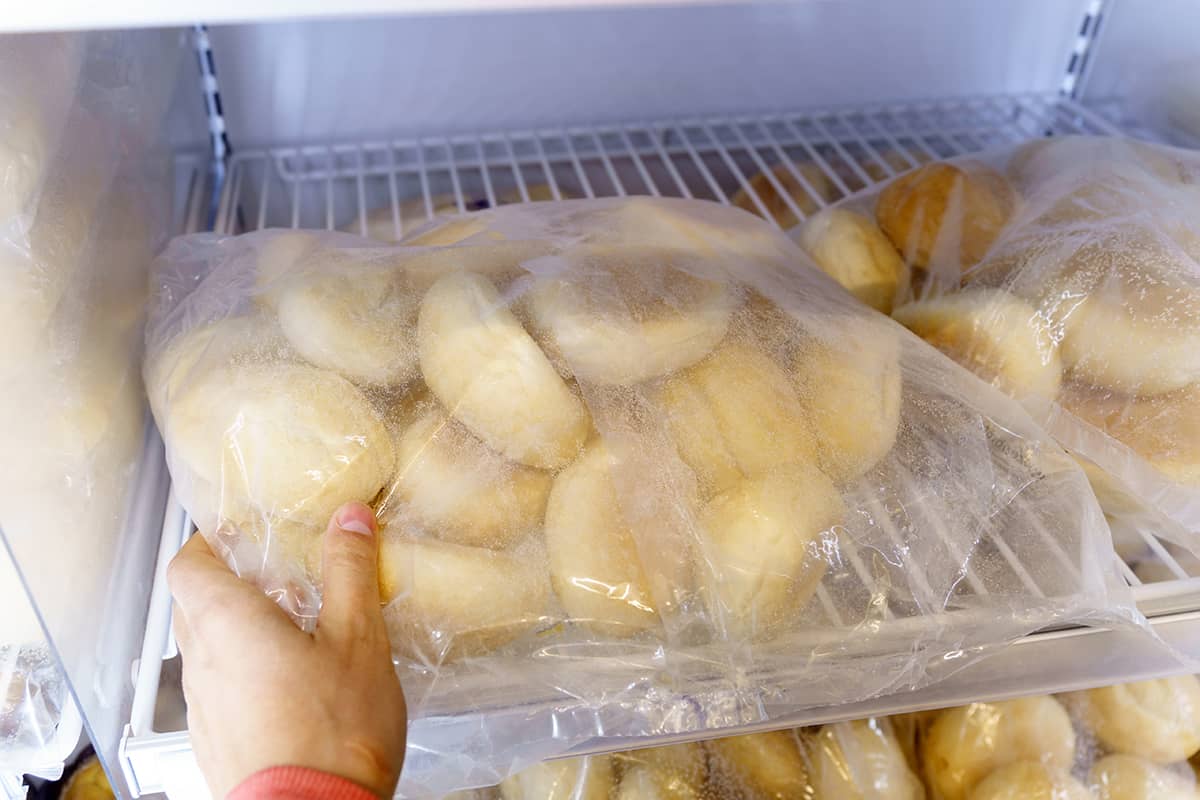
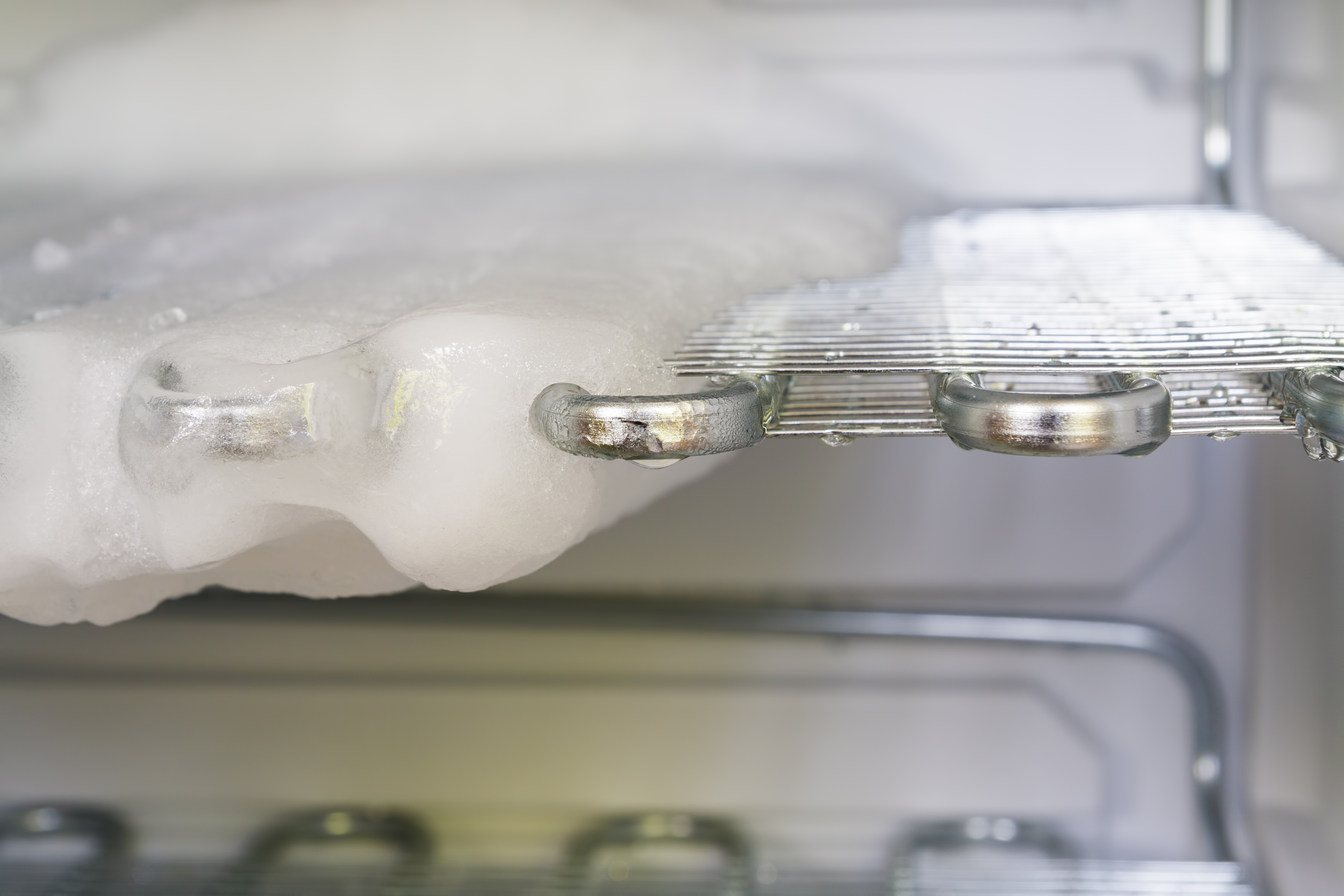
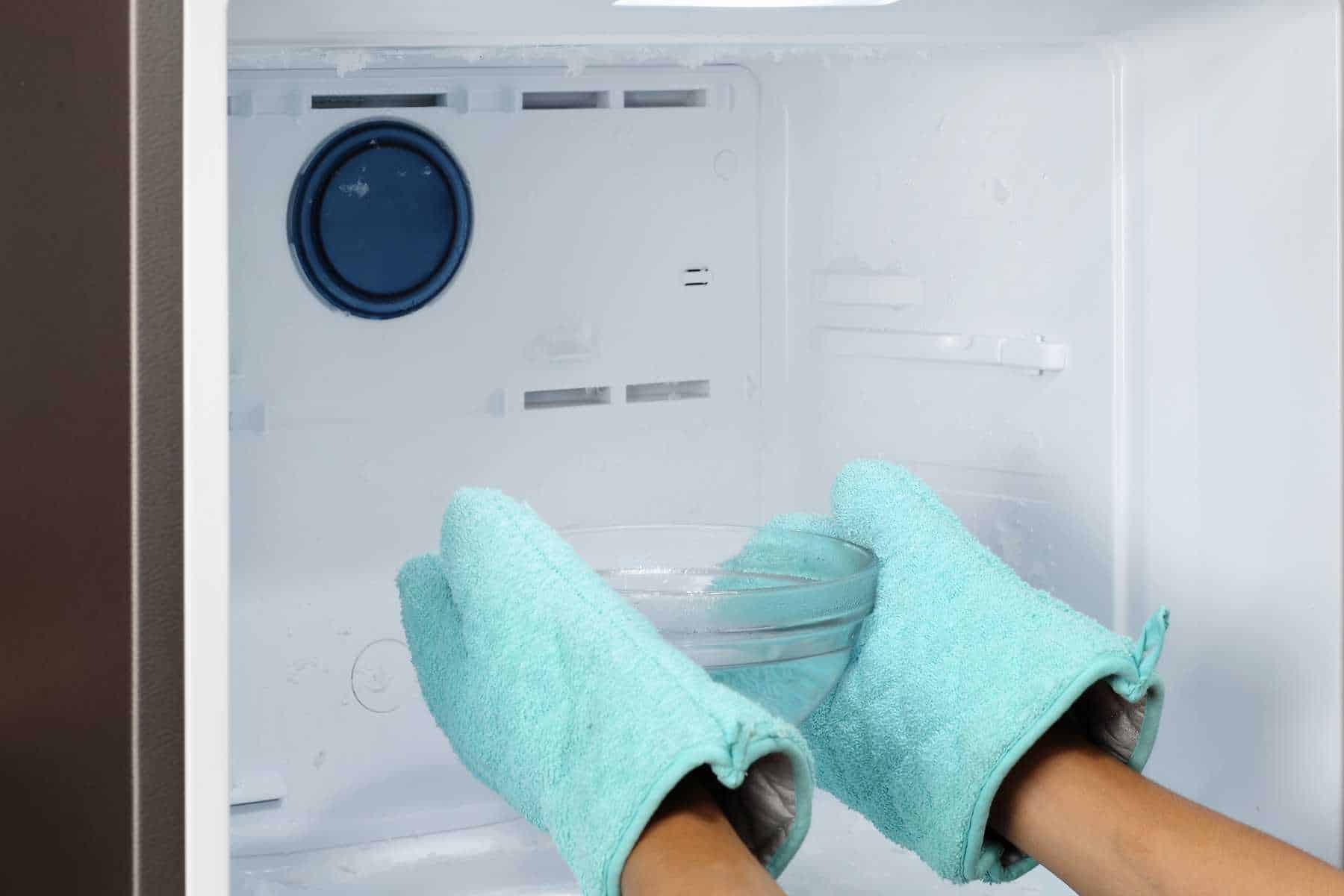
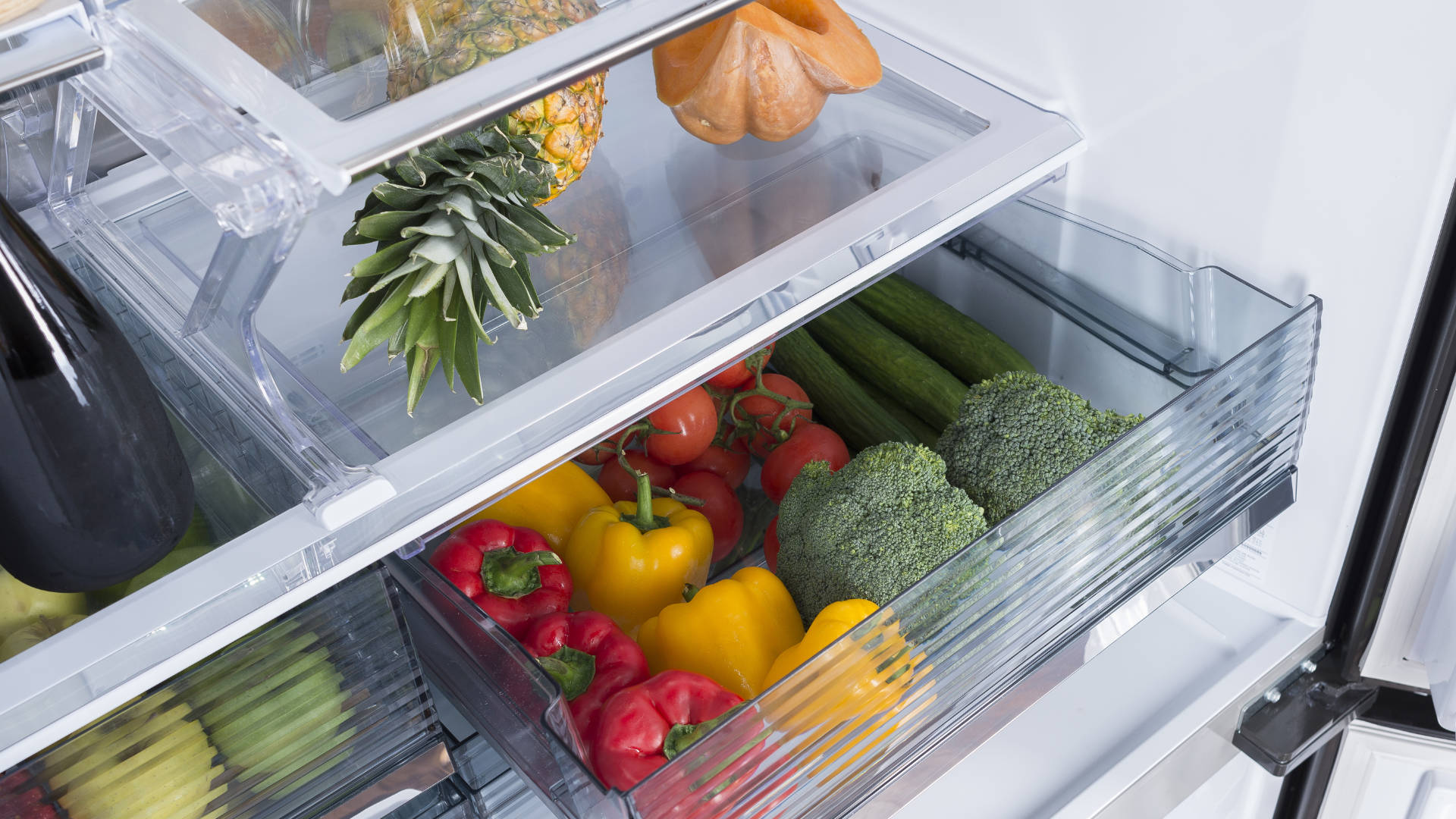
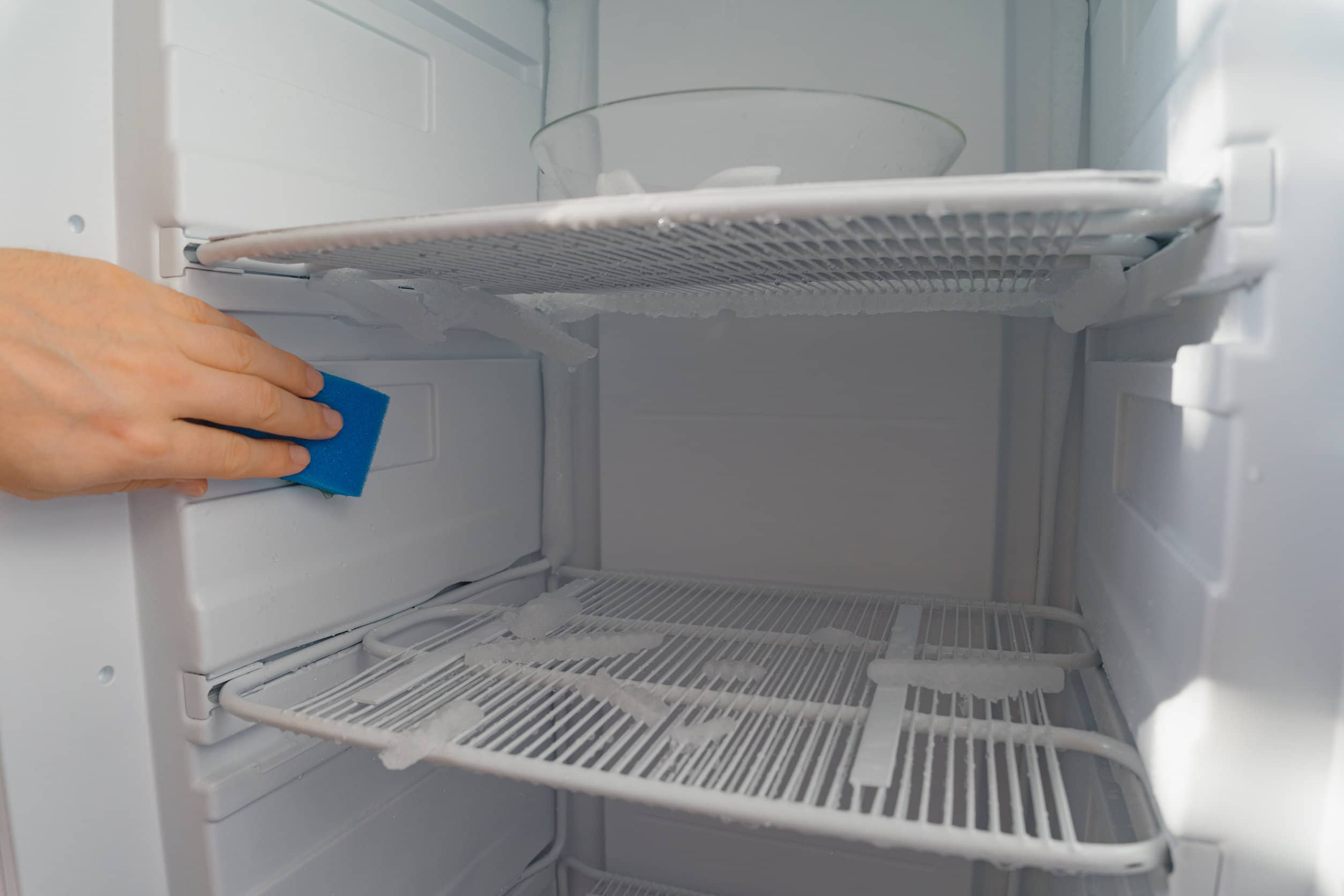
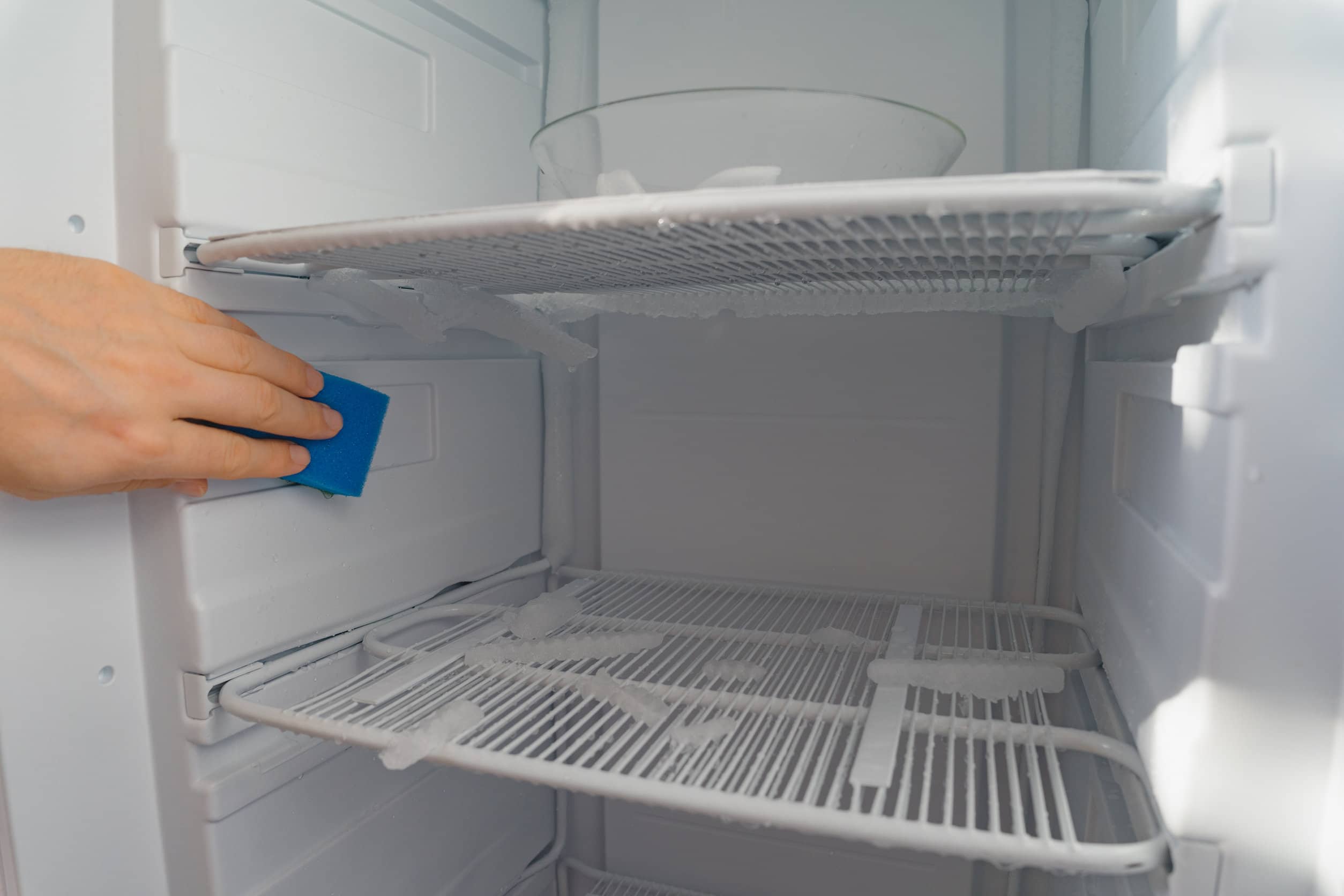
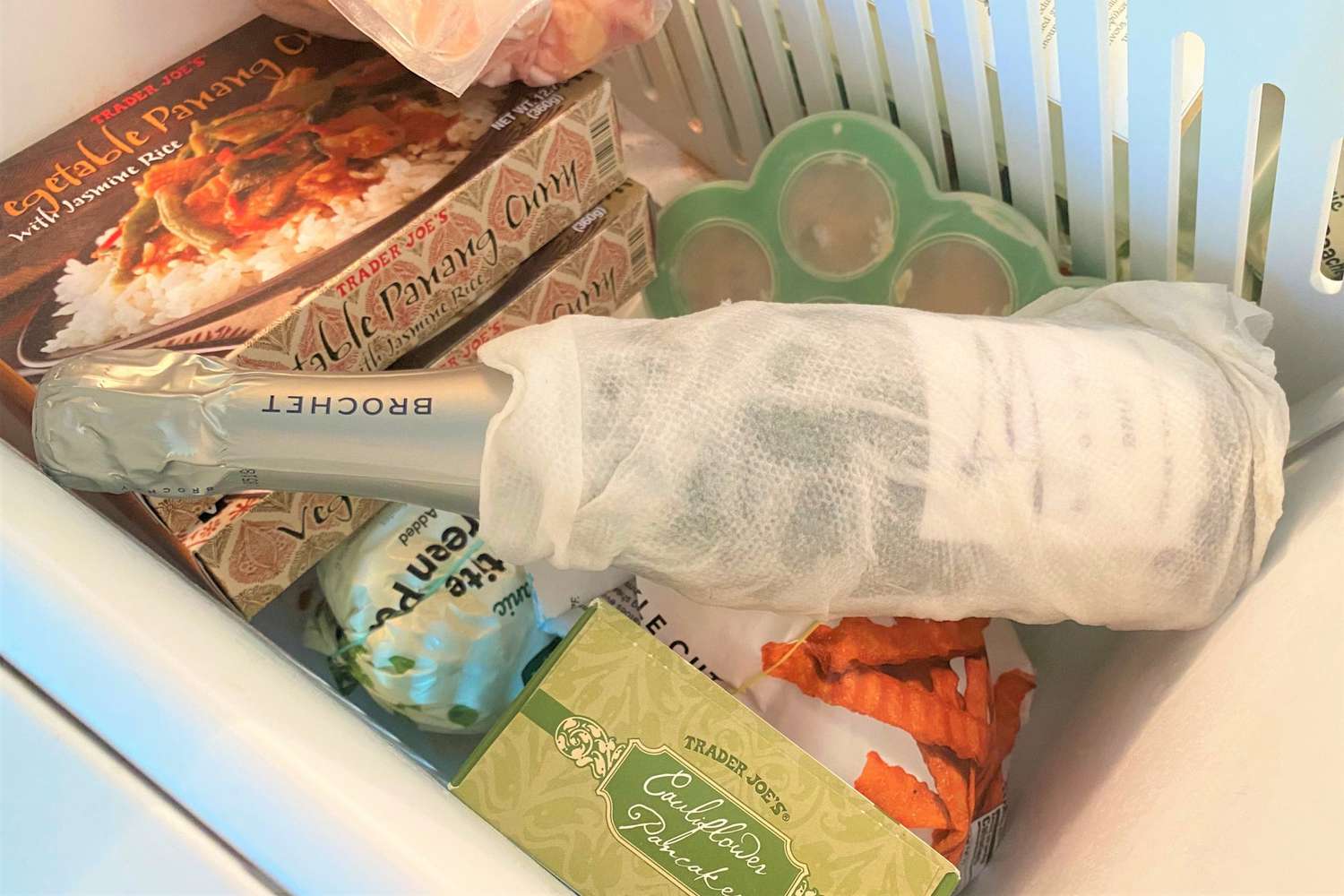

0 thoughts on “How Long To Defrost A Freezer”